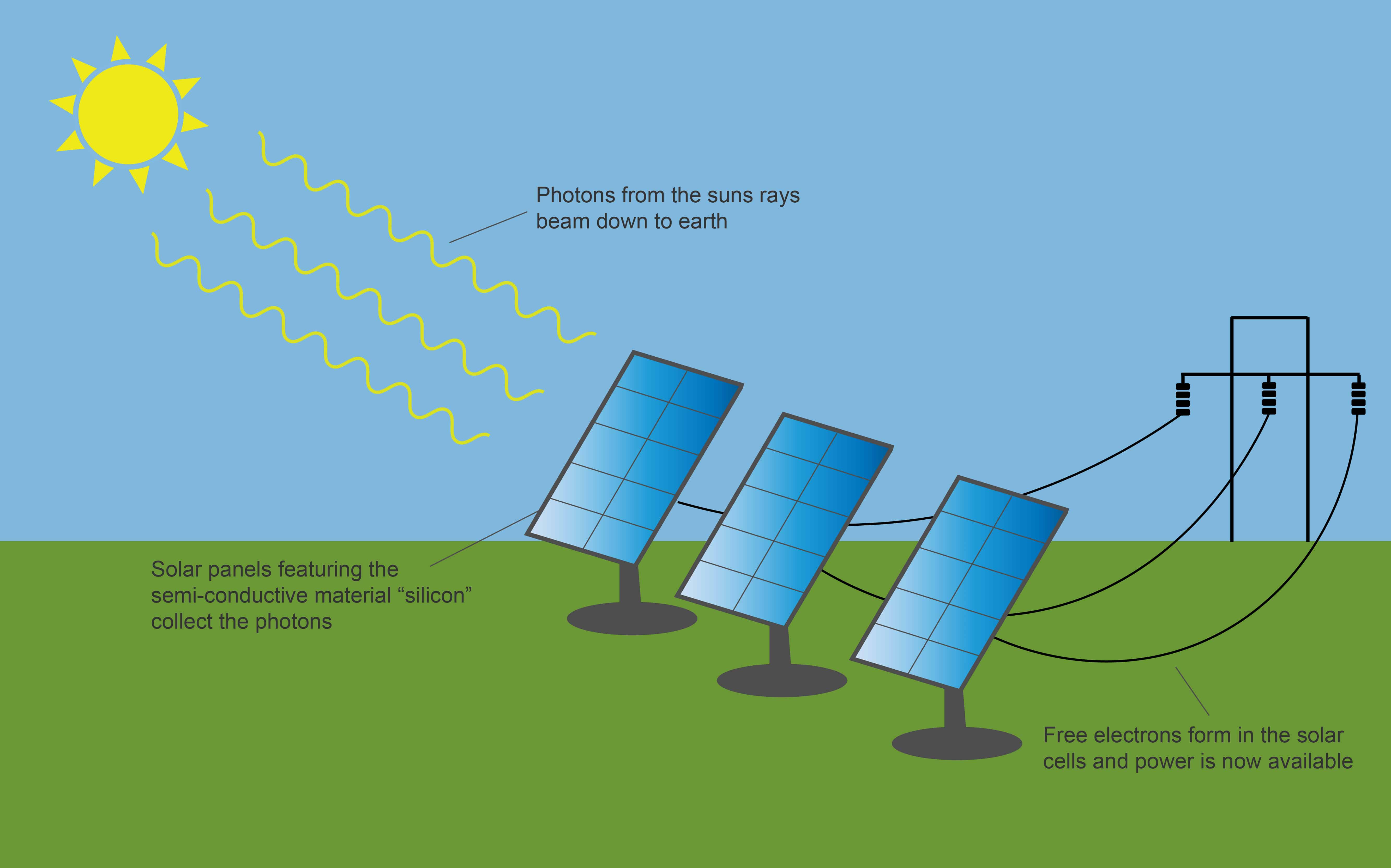Solar Cell Presentation
| Introduction to Solar Cells | ||
|---|---|---|
| Solar cells are devices that convert sunlight directly into electricity. Also known as photovoltaic (PV) cells, they are made up of semiconductor materials that can absorb photons and generate an electric current. Solar cells are a clean and renewable energy source, helping to reduce greenhouse gas emissions and dependence on fossil fuels. | ||
| 1 | ||
| How Solar Cells Work | ||
|---|---|---|
| When sunlight hits a solar cell, photons are absorbed by the semiconductor material, typically silicon. This absorption creates an electric current as the photons transfer their energy to the electrons in the material, allowing them to flow freely. The flow of electrons generates a direct current (DC) that can be used to power various devices or stored in batteries for later use. | ||
| 2 | ||
| Types of Solar Cells | ||
|---|---|---|
| Monocrystalline Solar Cells: These are made from a single crystal structure, resulting in high efficiency and uniform appearance, but are more expensive to manufacture. Polycrystalline Solar Cells: These are made from multiple crystal structures, offering a lower cost option with slightly lower efficiency compared to monocrystalline cells. Thin-Film Solar Cells: These cells are made from layers of semiconductor material, providing flexibility and lower manufacturing costs, but with lower efficiency compared to crystalline silicon cells. |  | |
| 3 | ||
| Advantages of Solar Cells | ||
|---|---|---|
| Renewable Energy Source: Solar cells use sunlight, an abundant and renewable energy source, reducing reliance on non-renewable fossil fuels. Environmental Friendly: Solar cells produce no greenhouse gas emissions during operation, helping combat climate change and air pollution. Cost Savings: Once installed, solar cells can significantly reduce electricity bills, especially in areas with high solar exposure, providing long-term cost savings. | ||
| 4 | ||
| Conclusion | ||
|---|---|---|
| Solar cells are a promising technology for generating clean and renewable electricity from sunlight. With advancements in technology and decreasing costs, solar cells are becoming increasingly accessible for residential, commercial, and utility-scale applications. Embracing solar energy can contribute to a sustainable future and help mitigate the impacts of climate change. | ||
| 5 | ||
| References (download PPTX file for details) | ||
|---|---|---|
| Solar Energy Industries Association (SEIA). (... U.S. Department of Energy. (2021, May 26). Ph... Your third bullet... |  | |
| 6 | ||

:max_bytes(150000):strip_icc()/GettyImages-913315880-702f9b3628384a70b6cd8e4ef716a80b.jpg)

